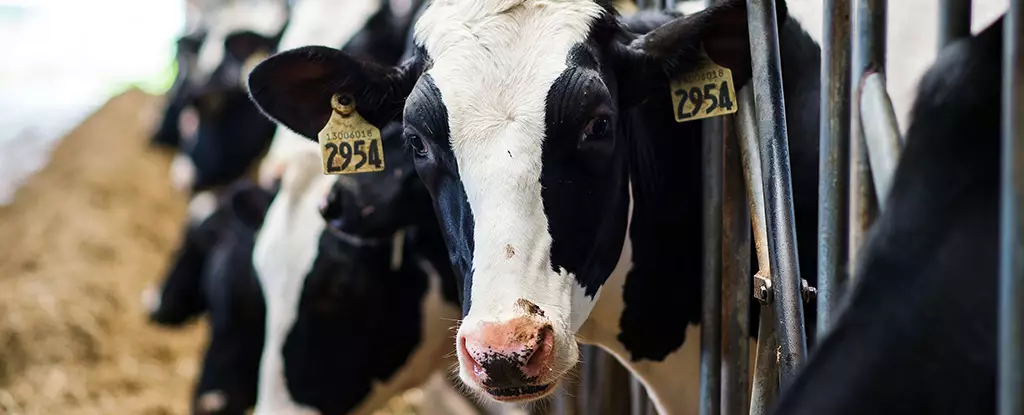

The recent confirmation of cow-to-human transmission of the highly pathogenic bird flu A(H5N1) in the US has raised concerns among experts and the general public. This development marks a significant shift in the spread of the virus and highlights the need for increased vigilance and monitoring.
The case of a dairy farmer contracting the bird flu from cows raises several important questions about the potential for human-to-human transmission and the adaptability of the virus. While the infected individual experienced eye inflammation rather than respiratory symptoms, the fact that the virus was able to jump from birds to cows and then to humans is a cause for concern.
The confirmed case of cow-to-human transmission provides valuable insights into how the bird flu presents in humans and underscores the importance of early detection and containment measures. By studying this case, experts can better assess the threat to public health and prepare for future outbreaks.
The discovery of the bird flu in dairy cows for the first time highlights the need for increased monitoring of livestock and individuals who come into contact with them. The potential for the virus to adapt and mutate in human hosts poses a significant challenge to public health authorities.
Scientists are now working diligently to understand how the bird flu is being transmitted between animals and how it can be contained. Recent studies have identified a specific genetic change in the virus that is associated with adaptation to mammalian hosts, highlighting the need for ongoing research and surveillance efforts.
As the bird flu outbreak continues to spread, it is crucial that we remain vigilant and proactive in our efforts to prevent further transmission and protect public health. The case of cow-to-human transmission serves as a stark reminder of the potential threat posed by emerging infectious diseases and the importance of timely and effective response strategies.
A groundbreaking expedition led by an international research team, featuring esteemed scientists from the University…
The pursuit of coherent control over wave transport and localization stands as a monumental challenge…
In recent astronomical explorations, researchers have unearthed a striking phenomenon emanating from a distant corner…
The quest for sustainable practices within the chemical industry is more critical than ever. Researchers…
In the complex interplay of human health, the relationship between the gut and the brain…
The relentless drive for sustainable energy solutions has fueled remarkable advancements in solar technology, with…
This website uses cookies.